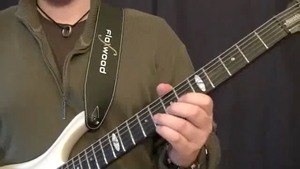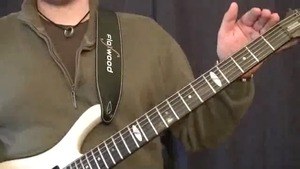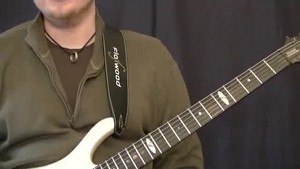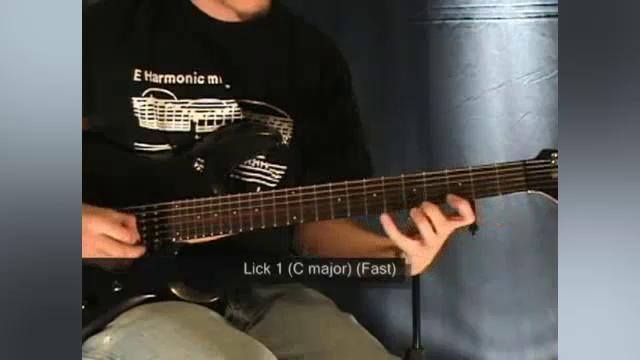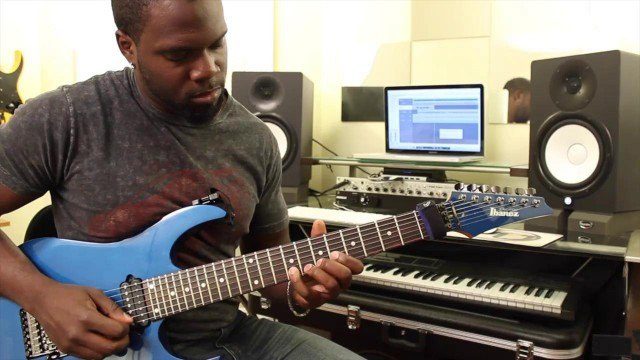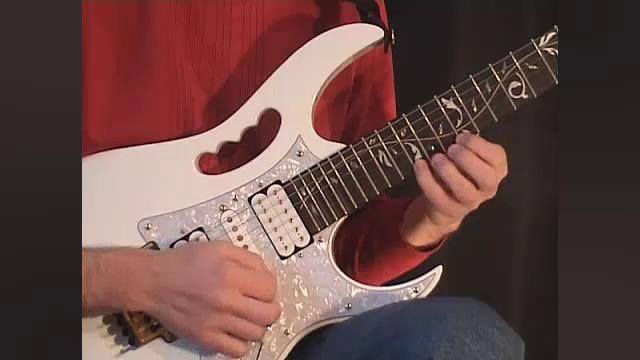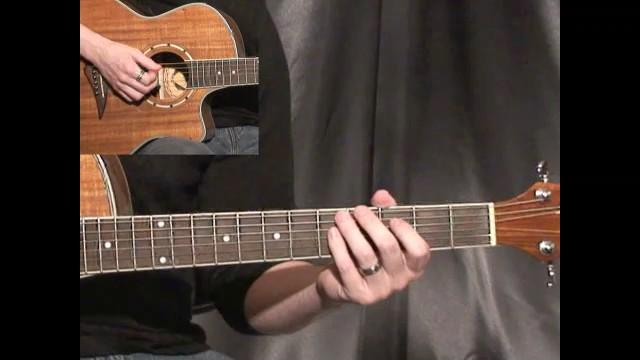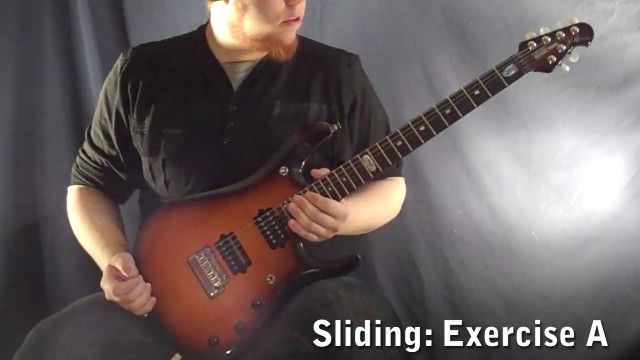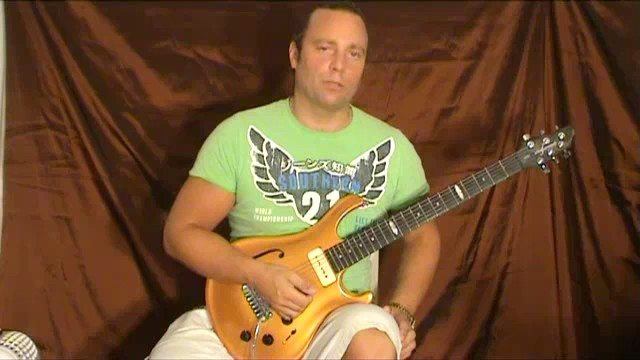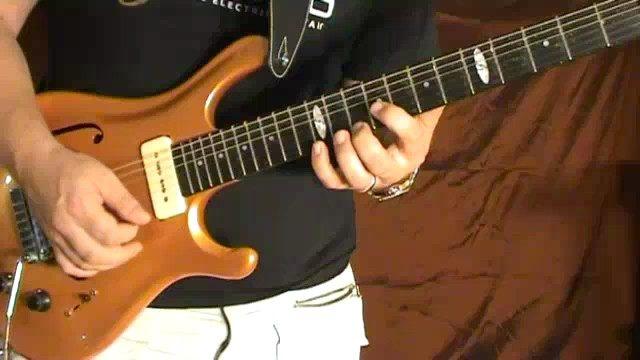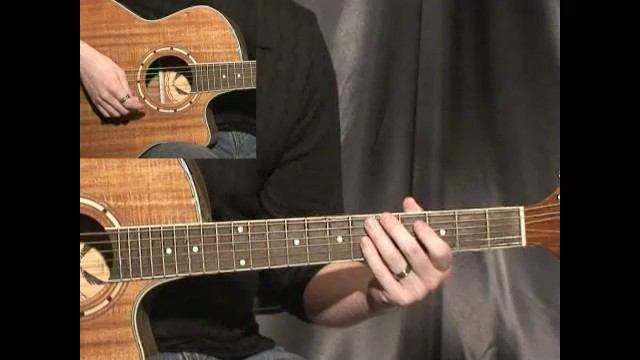String gauge, or the thickness of your strings, is yet another thing that affects bending. If tuned to the same pitch, a thicker string will have higher tension. That is, bending a 0.09 string will be much easier than bending a 0.11 string. 0.09 string are probably the most commonly used guitar string gauge, even though I have seen indications (nothing statistically verified though) that 0.10 is the new "standard", more and more guitar brands deliver their instruments with that gauge. The difference between the two is not huge. The step up to 0.11 or even 0.12 though, is more than most players feel comfortable with (at least tuned to E).
However, even though it is easier to bend with thinner string, and it requires much less force from your hands, and the bend it easier to hold for periods of time, there is a pitfall here as well. A thinner string makes it harder to acquire a sense of "muscle memory" when bending. hen using a thicker string, every tiny difference in pitch requires that much more tension, which means that it is easier to make your hands "feel" when you are the correct pitch. This is especially true when it comes to pre-bends. That is, bending to the target note silently, and only striking the string when it is in pitch. And how do you know when the string is in pitch? You have to "feel" it in your hands. For me, having used thick strings since the mid 90's, my hands have become very attuned to the gauge and I do not generally have to hear the note to know I am in pitch, the tension required by my hands to reach the pitch tells me when I am close. Of course, it is not an exact science. Everybody micromanages their pre-bend at the exact moment of hitting the note, correcting a few cents here and there by hear. However, if your ear is not developed enough, pre-bends will cause you grief. This is also why I have chosen this as the only exercise in this tutorial, since it is by far the most crucial one for bending, and one you can nail pre-bend in pitch every time, regular bending will pose no problem.
Vibrato and bending however is another story, which I will leave for my next tutorial. Then you will also find out that a majority of players, regardless of lightning fast technical skills, usually can't get their vibrato to properly intonate, (Several world-wide names can be mentioned here). But, you'll have to stay tuned for that tutorial until next time.
Practice hard, and keep your groove on!


